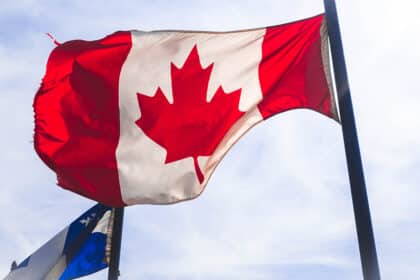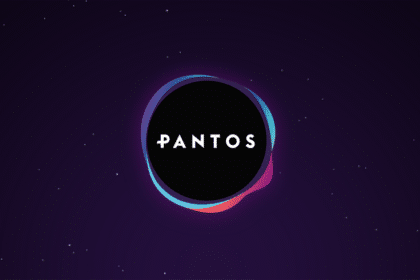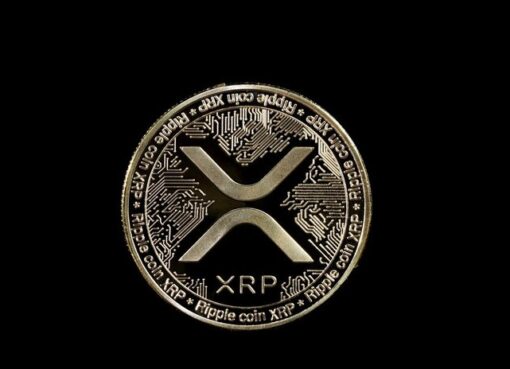The crypto asset trading platforms will now be forbidden from allowing clients to trade and deposit stablecoins, or any other type of “Value Referenced Crypto Assets” (VRCAs), without the CSA’s prior written authorization.
The Canadian Securities Administrators (CSA) issued a notice on February 22nd elaborating on the novel commitments required for crypto asset trading companies (CTPs) who are eyeing registration in Canada. The CTPs in Canada will be a part of the new version of preregistration undertaking (PRUs), which are legally binding manuscripts. Principal regulators will then reach out to these CTPs to discuss compliance with the new requirements.
The new commitments also describe investor safety because of the spree of CTPs that dissolved in 2022. The new requirements talk about topics like division of assets, leverage, determination of capital, and transparency.
The Canadian Securities Administrators consists of securities regulators from each of the ten provinces and three territories in Canada.
The Crypto asset trading platforms will now be forbidden from allowing clients to trade and deposit stablecoins, or any other type of “Value Referenced Crypto Assets” (VRCAs), without the CSA’s prior written authorization. Acquiring consent implies meeting the administrator’s several requirements which also include ensuring that the stablecoin is fiat-backed.
For a more well-rounded surety, the regulator also mentioned that consent in respect of a VRCA will not be offered if the asset is not completely backed by a relevant reserve but instead maintains value only in the algorithm. Stablecoin is a crypto token that is built to maintain a comparatively stable value, mostly referring to an essentially stable asset like a fiat currency.
Canadian regulators chose to use the acronym VRCA since a few stablecoins have not been very stable in the recent past. Last year, TerraUSD (UST), previously the third largest stablecoin by market cap, totally lost its peg to the dollar following loopholes in its algorithmic peg that sent the entire asset into a spiral.
On the other hand, relatively conventional stablecoins like USDT, USDC, and BUSD utilized fiat-denominated reserves to provide stable conversion for their assets and maintain a stable rate.
CSA needs trading companies that allow transactions of such stablecoins to make sure that the reserves of these tokens are liquid enough (cash or its equivalents). They must also be liable to monthly reviews by autonomous auditors which must be transparent for the public to see and draw conclusions from.
Allotments of these tokens must also abide by Canadian securities legislation as the fiat-backed crypto tokens usually meet the definition of security. However, the definition is no less easy to meet for an algorithmic stablecoin, even if companies are able to get consent.
In Canada’s neighboring country, things are also not sounding very liberating for crypto trading platforms too. Recently, the Securities and Exchange Commission in the United States, published a Wells notice to Paxos alleging that its BUSD stablecoin is an unregistered security.
Sanaa is a chemistry major and a Blockchain enthusiast. As a science student, her research skills enable her to understand the intricacies of Financial Markets. She believes that Blockchain technology has the potential to revolutionize every industry in the world.




